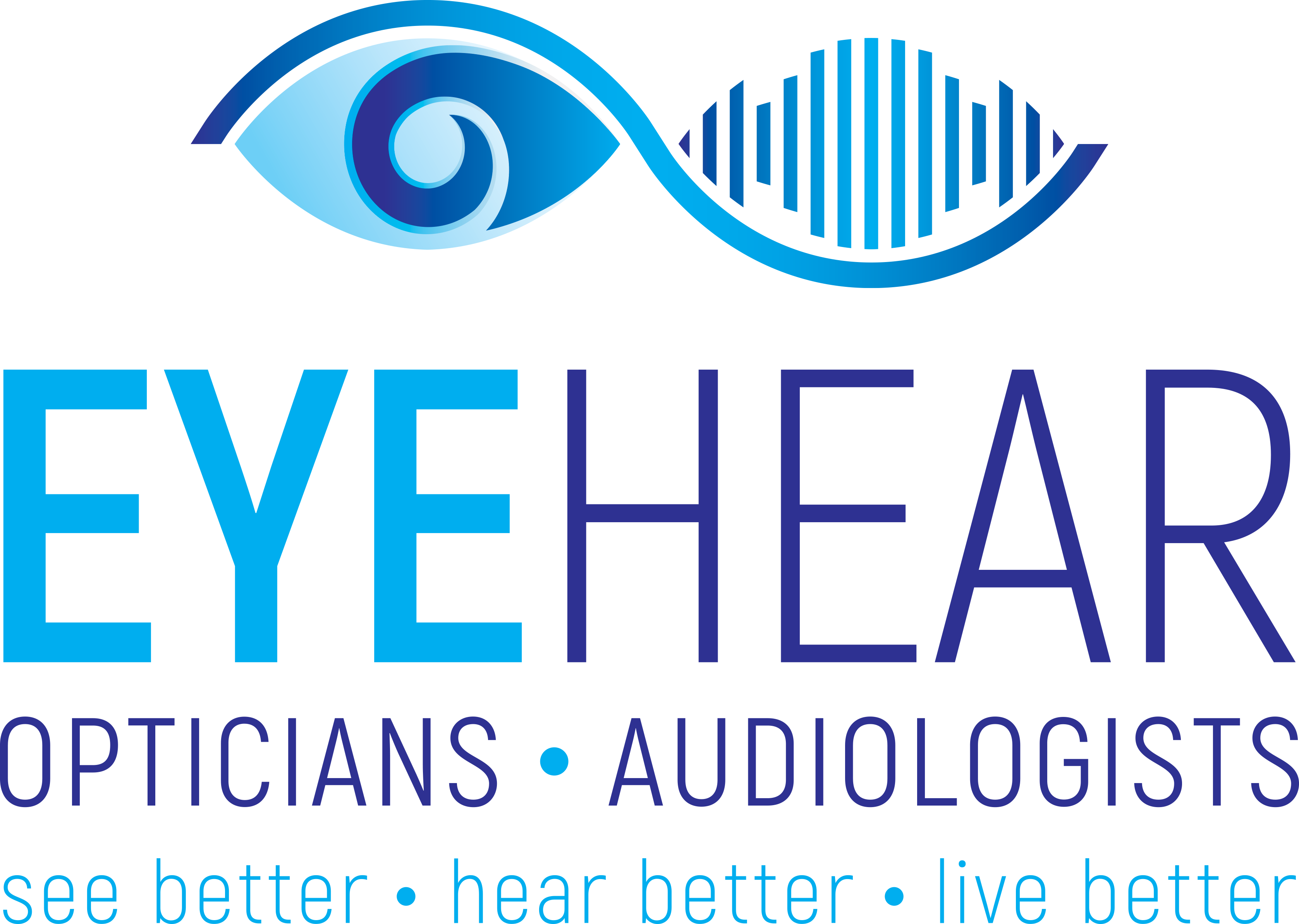Optical Coherence Tomography (OCT) is a new non-invasive imaging test that utilizes light waves to take cross-sectional pictures of your retina.
Optical Coherence Tomography (OCT) has come a long way since its development in the 1990’s. With early development focused on retinal imaging, OCT revolutionised diagnosing by providing high-definition images. Today, as advances to technology have taken off, OCT has evolved from its original uses in imaging diagnosis in dermatology and retina to aid in surgery with real-time imaging feedback of the tissue layers under surgical procedures.
OCT Throughout the Years.
OCT was initially introduced using the Time Domain (TD-OCT) imaging technique, based on a detection technique that uses a low-coherent light source and a changing focus point to generate the A-scan data. By the end of the 1990’s, technology moved to a new technique called Spectral Domain (SD-OCT), which greatly improved sensitivity and allowed a dramatic reduction in scan time by capturing the complete A-scan data relative to a single focus point in the sample. Currently, the most advanced technique uses a Swept- Source (SS-OCT) input to capture the SD-OCT data resulting in even faster imaging.
Advancements in the last 20 years have seen smaller and higher resolution delivery devices to access tissue in-vivo. This has allowed OCT to be used in ophthalmic procedures, such as cataract surgery, vitro-retinal surgical procedures, intraocular lens modification procedures, and laser-based vascular therapies. What’s more, ophthalmic OCT scans are expanding to the analysis of neurological conditions such as multiple sclerosis and Alzheimer’s disease.
Technology Used in OCT.
OCT requires a fast and accurate scanning source for the delivery of the light beam and subsequent acquisition of the reflected wave. It relies heavily on the galvanometers’ repeatability excellence at high speeds to achieve high imaging quality. An OCT instrument under daily use could see a billion scanning cycles over its lifetime. That’s why the scanning motors in OCT require premium construction components designed for long life that can maintain the highest quality images.
OCT scans are free throughout December at The Spectacle Maker, book your appointment with us.
What is Optical Coherence Tomography (OCT)?
Read more about it and find out when an OCT scan is used, what happens during an OCT scan and when you should get one.
